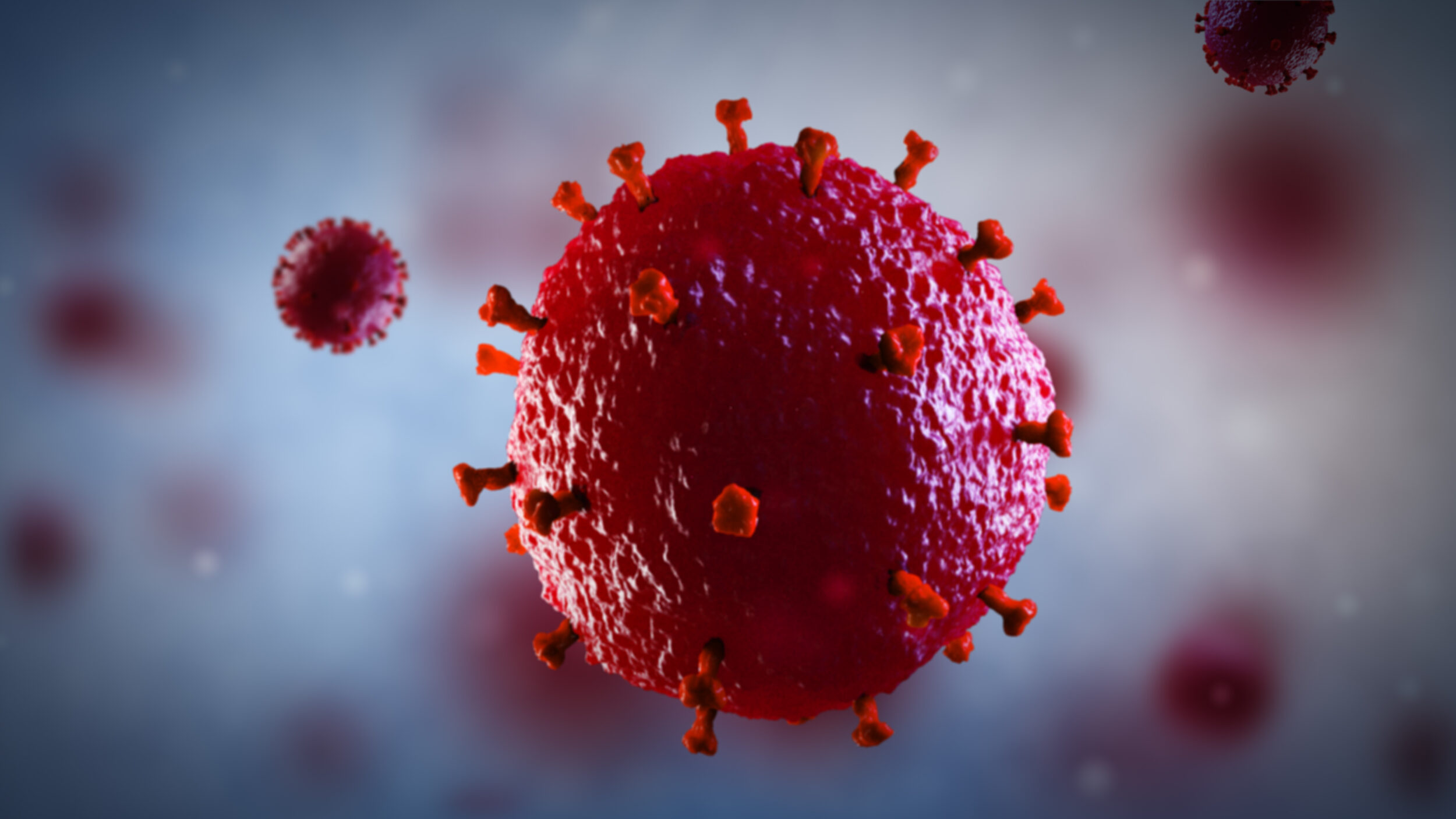HIV is like a Trojan horse: it integrates itself into the genome of immune cells known as CD4+T cells and then prevents them from triggering an immune response and producing antibodies to ward off the invasion. What’s more, the virus also uses the cells to multiply and even hide from antiretroviral therapy (ART).
Why do the cells tasked with putting up defences let HIV take control? Petronela Ancuta, researcher at the CHUM Research Centre and professor in the Faculty of Medicine at Université de Montréal, and her collaborators1 are shedding new light on HIV’s survival tactics.
In its plan of attack, the virus first sets its sights on Th17 lymphocytes—the immune cells that defend and protect the integrity of our mucous membranes. When in contact with HIV, these members of the CD4+T family readily allow the virus to replicate and persist. More specifically, the researchers discovered that the RORC2 molecule, which regulates the cells’ functions, binds to a region of the viral genome and enables the HIV to multiply.
In the lab, Petronela Ancuta and her team found a way to neutralize the action of the RORC2 molecule in CD4+T cells infected with HIV using an existing pharmacological compound. As a result, the virus didn’t to replicate in the isolated cells of infected individuals on ART.
This proof of concept may open the door to completely eradicating HIV by demonstrating that it can be wiped out, even from its hiding places, which is something ART can’t do. As the battle against HIV rages on, Petronela Ancuta believes that controlling the RORC2 molecule can at least help eliminate the chronic inflammation caused by HIV’s covert multiplication, which is responsible for the high rate of cardiovascular and neurocognitive diseases in patients on ART.
She and her colleagues are pursuing their research on animal models and hope to start clinical trials in the near future.
1 Ariberto Fassati at University College London, Éric Cohen of the Institut de recherches cliniques de Montréal, Elie Haddad of the CHU Ste-Justine, and Jean-Pierre Routy of the McGill University Health Centre.




